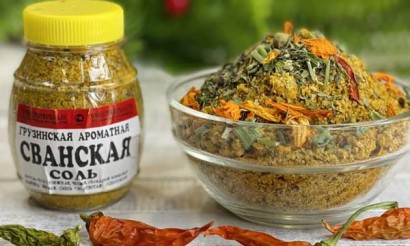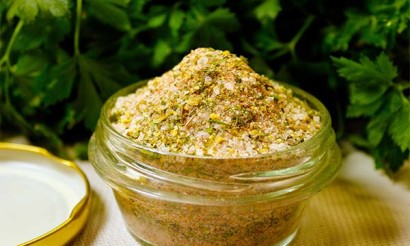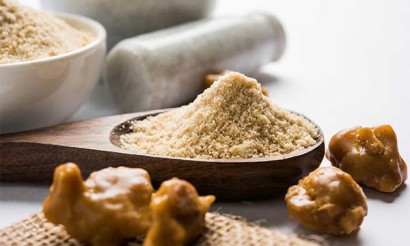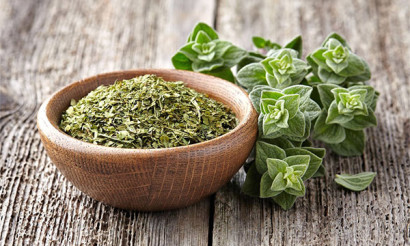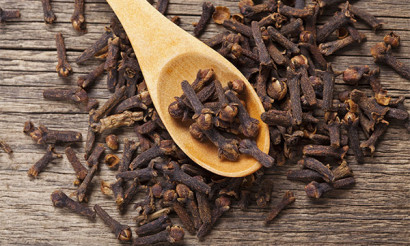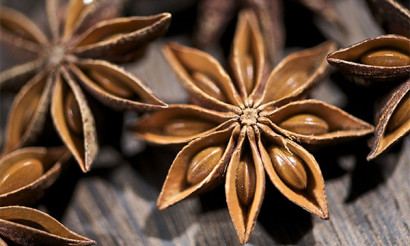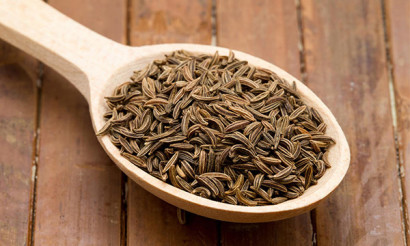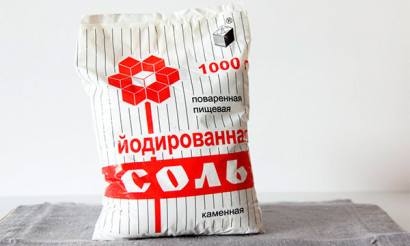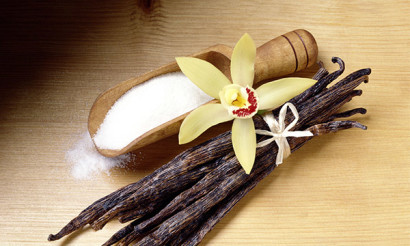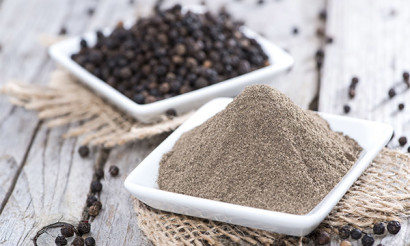Utsho-suneli spice: composition, benefits and harms, use
Georgian aromatic spice is less known to Europeans than hop-suneli, but it is widespread in the Caucasus. The spice not only flavors home cooking dishes, but also establishes blood flow, is useful for blood vessels, heart, increases immunity.
- Utsho-suneli: what it is, what it consists of and what it tastes like
- History of the name
- Cooking technology
- What is it smells and tastes like?
- What is it made of?
- What is the difference between usho suneli and hop suneli?
- Chemical Composition and Nutritional Value
- What is useful for suneli spice
- General health benefits
- For Women
- For Men
- Can I use spice for children
- Harm and Contraindications
- Cooking Usage
- What dishes does it go well with?
- What spices can be combined with?
- What can be substituted in recipes
- How to choose and store properly
- Where to buy and how much costs
- How to Make Utsho-Suneli at Home
- Interesting Facts
Utsho-suneli: what it is, what it consists of and what it tastes like
All the above-ground parts of blue fenugreek are used in cooking. Powder from the dried leaves of the annual plant dyed green cheese, and from the inflorescences, pods and round seeds make a Georgian spice utsho-suneli, distinguished by a subtle persistent flavor, aftertaste of walnut.
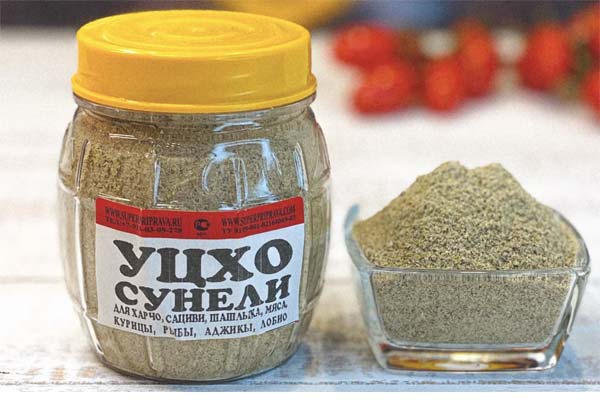
History of the name
The word suneli translates from Georgian as a pleasant-smelling spice, and utsho means alien, foreign. This does not mean that the raw material for the spice is of foreign origin.
This unusual name was given to the spice because the fresh leaves, inflorescences and fruits of blue fenugreek do not have a pronounced odor. A strong aroma appears suddenly, as if out of nowhere after drying, briefly roasted.
Cooking Technology
The technology of cooking utsho-suneli is quite simple, consisting of four steps:
- Harvesting.
- Drying in a ventilated room, protected from sunlight, excessive humidity.
- Thermal processing.
- Grind on a mill prepared inflorescences, pods, seeds.
The spice is ground to a powdery state.
What does it smell and taste like?
The taste of blue fenugreek seeds, revealing when heated - slightly astringent, nutty with minimal bitterness. The aroma is spicy, sweetish. Utsho-suneli balances the taste of Caucasian cuisine, helps with digestion.
What is it made of?
A high-quality spice is made from the inflorescences and fruits of fenugreek, while a low-grade spice has dried and ground leaves and stems.
At home, Georgian housewives used to harvest the whole blue fenugreek. Before cooking, they used to pluck the inflorescences together with the green parts of the plant (leaves, stems), which were ground with a pestle in a mortar. Immediately before adding it to the dish, the spice was heated in a dry frying pan to uncover the flavor.
What is the difference between this spice and hop suneli?
The popular spice of hop suneli includes a full complex of dry spices, consisting of 13 items or truncated from 6-8 spices. In both cases, utsho-suneli is its one component with a nutty flavor. Hummel-suneli has a more complex flavor and aroma.
Chemical composition and nutritional value
Spice contains phytosterols, polysaccharides, rutin, saponins, flavonoids, tannins, B vitamins, carotene, tocopherol, nicotinic acid and ascorbic acid. The mineral composition is represented by potassium, phosphorus, calcium, magnesium, manganese, iron. Small amounts of essential oil and trigonellin alkaloid are present in the seasoning.
Fat content of 100 grams of seasoning - 7.9, 2.4, 39.7 g, respectively. The energetic value is 186 kcal.
How is the spice called usho suneli good?
General benefits
Owing to the rich chemical composition, the useful properties of usskho suneli directly or indirectly influence the functions of many organs and systems.
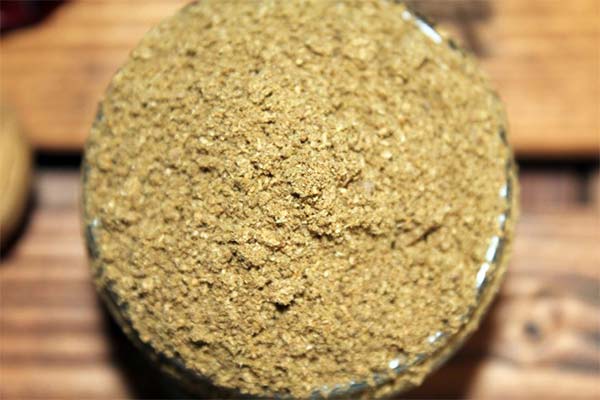
When the spice is included in the diet:
- Improves immune status.
- Blood circulation is normalized.
- Increases the low level of hemoglobin.
- Stimulates digestion.
- Vessels and heart muscle are strengthened.
- Excrete toxins, decay products, salts of heavy metals.
- Thinking processes are accelerated, attention is concentrated, and cognitive abilities are improved.
- Regulates the work of the nervous, endocrine, genitourinary systems.
- Ophthalmic diseases are prevented, color perception is maintained, the corneal membrane of the eyes is moisturized.
- Appetite and stress resistance increase.
- Water, energy balance, fat, carbohydrate metabolism is normalized.
- Reduces blood pressure.
- Restore strength after an illness, surgery.
- Binds, free radicals are removed, prolonging youth.
- Parasites and mucus are expelled from the body.
Georgian spice is used in diets for fever, eczema, gout, epilepsy, dysentery, chronic fatigue, difficulty deflating sputum in bronchitis.
For women
Dried blue fenugreek seeds containing phytohormones:
- Treat endocrine disorders, polycystic ovarian disease;
- Reduce the intensity of symptoms of PMS;
- Reduce menstrual pain;
- Relieve swelling through diuretic action;
- increase lactation;
- Help recover faster after childbirth;
- Prevent the emergence of new, inhibit the growth of existing cancer cells in the mammary glands.
The spice not only supports women's health, but also preserves the beauty of the skin, makes hair thicker, infuses it with vitality.
For men
In Georgia, utsho-suneli is considered an aphrodisiac, increasing the male power and libido. The saponins in the spice stimulate the synthesis of testosterone, improve the quality of seminal fluid and potency.
Can I use the spice in children?
In small quantities, the spice is included in the children's diet during the cold season to strengthen the immune defense. Dried blue fenugreek seeds are useful for a child to mineralize bone tissue, maintain visual acuity.
Harms and contraindications
Utsho-suneli is not used to flavor dishes with diabetes, thyroid dysfunction.
The spice, which stimulates uterine contraction, is contraindicated for pregnant women.
Culinary applications
This popular Georgian spice is used in most dishes of the national cuisine. The spice is included in recipes for first and second courses of fish, meat, vegetables and by-products. It is added to sauces, dough for unsweetened bakery.
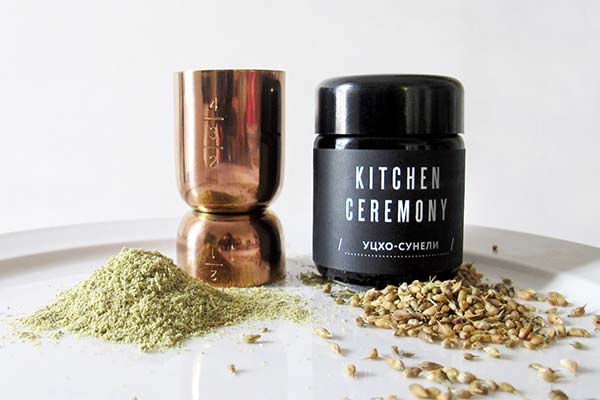
Utsho-suneli gives a feeling of fullness, vegetable broth smells of chicken, any dishes of the Caucasian note.
The aroma and taste of walnuts is indispensable for making basturma. Spice is part of the aromatic mixture of spices, which coated the meat before curing.
Utskho suneli is an obligatory ingredient of Abkhazian adjika, the taste of which will be appreciated by the most demanding gourmets. It is impossible to imagine satsivi and svan salt without it. Saffron, coriander, chili, and cloves are added to this sauce, but the nutty flavor dominates it.
Grinded blue fenugreek seeds make the taste of young lamb, homemade bread and marinated eggplant exquisite and spicy. The spice provides a spicy flavor and crunchy structure to sauerkraut and pickled cucumbers. Just a pinch of uckho-suneli is enough to make the taste of the first dishes bright and original.
What dishes is suitable for?
Appetite-raising spice is added to Georgian dishes. The characteristic flavor, aroma gives the seasoning:
- kharcho, soup puree of green peas or with mushrooms;
- Atsesili salad with chicken breast and bell peppers;
- lobio with beans;
- mhali with cabbage;
- lamb gravy, vegetables;
- Svanetian meat pie; kubdari;
- Georgian-style solyanka;
- salad with eggplants and walnuts;
- diet vegetable pkhali;
- Chakhohbili of chicken meat stewed in sauce.
The spice is seasoned tobacco chicken before frying, minced meat for khinkali, dough for khachapuri. Utsho-suneli is included in the recipe of the Georgian nut sauce baje, which is served with fish, boiled eggs, baked chicken, vegetables.
The spice makes an unusual taste of liver pate, bean soup with nuts, cabbage cutlets in sour cream, cornel sauce with tarragon for meat and poultry dishes.
Thanks to the spice, almost all domestic Georgian dishes have an original, unique aroma and taste.
Europeans season utsho-suneli with bean soups, coleslaw, baked chicken, duck or turkey. This spice is used to flavor baked pork, minced chicken and beef basturma.
Recipe for Georgian Satsebeli
To make the sauce you will need:
- 1 cup each of tomato, boiled water;
- One tablespoon of spiced utscho suneli;
- Two bundles of coriander;
- a head of garlic;
- 1 tsp. each of dried ajika, wine vinegar or table vinegar;
- salt;
- 0.5 tsp. ground black pepper.
How to prepare:
- Combine tomato paste with adjika, vinegar, pepper, and chopped blue fenugreek seeds. Mix well.
- Chop the parsley leaves. Set the stalks aside, they are not needed.
- Squeeze the garlic, grate it or chop it finely with a knife.
- Send to the tomato chopped parsley greens, garlic.
- Dilute the paste with water, adding it in batches and stirring until the spicy tomato mixture has the consistency of a sauce.
- Add salt, but note that the ajika already contains this seasoning.
- Put the satsebeli in a cool place for 10-12 hours to infuse.
Serve the Georgian sauce to tobacco chicken, kebabs, boiled or fried meat, fish. Satsebeli may be combined with beans, pasta, rice, and vegetables.
What spices can be combined with?
Utsho suneli added to a dish with paprika masks the excessive sweetness and softens the spice of cayenne pepper. Spice combines with spicy herbs: parsley, coriander, dill, and basil. Particularly reveals the taste and aroma of garlic, coriander, bay leaf, nutmeg.
What can be substituted in recipes
Comparing blue fenugreek to hay fenugreek, the world famous spice expert Gernot Karzer said that the smell of uckho-suneli was similar to that of hay fenugreek, but softer and more subtle.
After drying, the seeds of the two kinds of fenugreek are similar, but the blue one has a less spicy, nutty flavor. Shambhala or fenugreek (a spice made from hay fenugreek) has a sweeter flavor, but a very bitter taste. Shambhala can be substituted for uckho suneli, as long as you use less than the amount specified in the recipe.
If you can not buy both spices, dishes are flavored with hopsuneli or curry, although professional chefs say that the taste, flavor will be pleasant, but different. Another alternative to fenugreek seeds is svan salt, which contains utsho-suneli. The original spice is difficult to replace in Abkhazian adjika, Georgian sauces.
How to choose and store it correctly
Utsho-suneli weighing up to one kilogram are usually packed in vacuum bags or plastic jars with a screw lid. If it weighs more, it is packed in metallized, sealed bags.
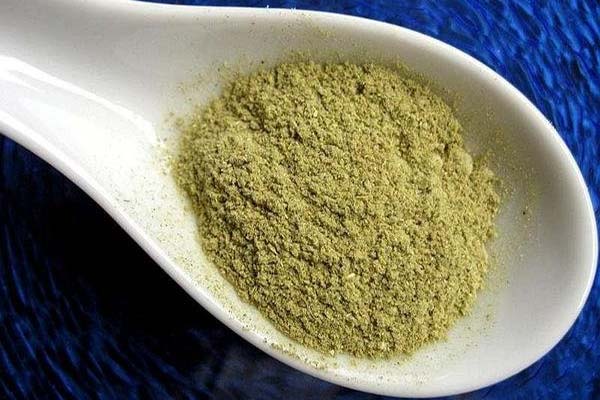
Characteristics of the original spice:
- A grayish-brown or greenish color closer to dark;
- Persistent odor;
- medium grind;
- Made solely from pods with hard, small-pea-like seeds.
The stems added to the fruit do not smell, reducing the intensity of flavor in the overall mass. Blue fenugreek seeds crushed into dust are part of hops suneli. In the production of utsho-suneli, the aroma is better preserved in a fine-grained structure.
After opening the hermetically sealed package, the spice is poured into a tightly closed tin, which does not let the light in, not to overheat in summer.
Save the useful composition of Georgian spice without changing the taste, smell up to two years at room temperature. The best places for storage are those that are away from sources of heat and light. This can be a kitchen table, a cabinet with an opaque door, or a pantry. It is important that no food with a pungent odor be stored in the neighborhood.
Where to buy and how much it costs
Buy the spice at markets from Georgians, in large supermarkets or online sites that sell spices. The average price for a 50-gram bag is 170-230 p.
How to Make Utsho-Suneli at Home
Well-dried inflorescences, the fruits of blue fenugreek are heated in a dry frying pan to facilitate the process of grinding the hard seeds.
For the same purpose, a little salt is added to a mortar, which serves as an abrasive material, the cooled fruits are poured into it and ground with a pestle.
To facilitate your work, you can use a coffee grinder. Difficulties lie not only in grinding the hard seeds, but also in obtaining raw materials. It is easier to order ready-made seasoning in an online store or find a shop that sells Caucasian spices.
Interesting Facts
Interesting facts about the herb:
- In Switzerland, blue fenugreek leaves are used to flavor some varieties of hard cheese.
- In the southern Alps the locals bake rye bread with a nutty aftertaste.
- Hay fenugreek can be found in East Asia, Asia Minor, the Mediterranean, Iran, China, and India.
- The area of blue fenugreek is limited to mountainous regions of Georgia.
The spice, which contains vital vitamins, micro and macro elements, supports health, makes of the usual everyday dishes culinary masterpieces with a spicy taste, nutty flavor.
«Important: All information on this site is provided solely for introductory purposes only. Before applying any recommendations, consult a health care professional. specialist. Neither the editors nor the authors shall be liable for any possible harm caused by materials."

